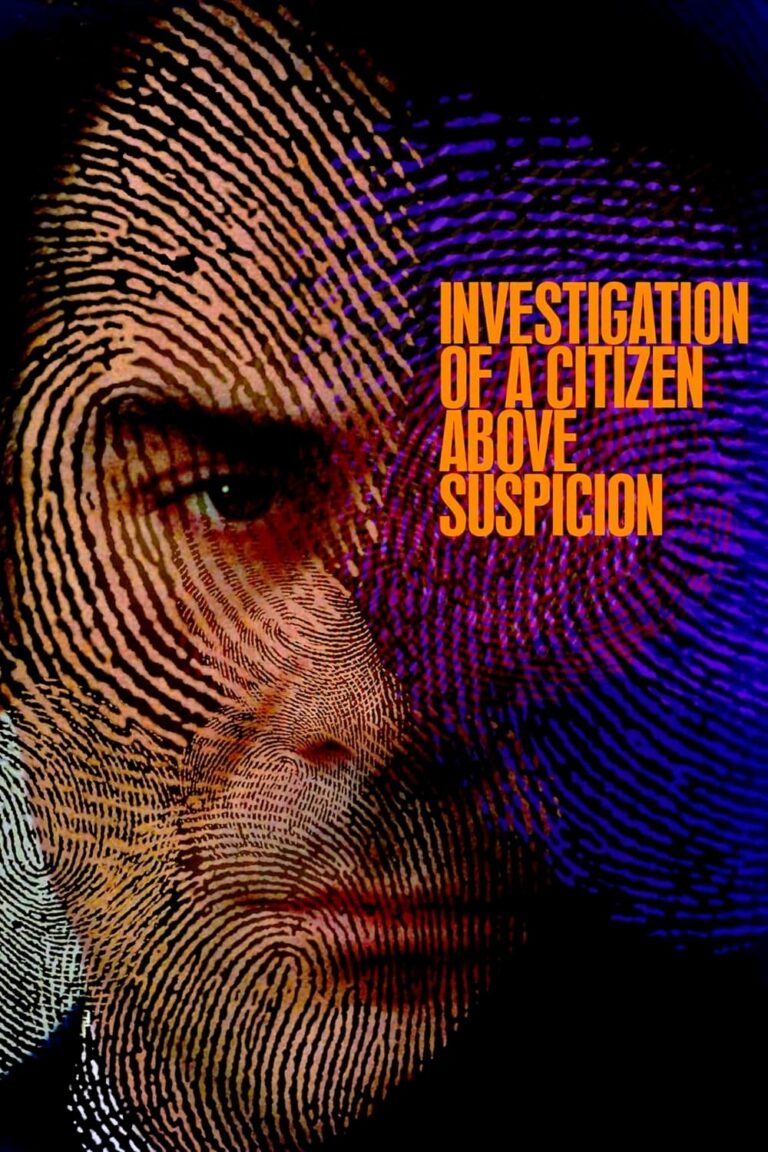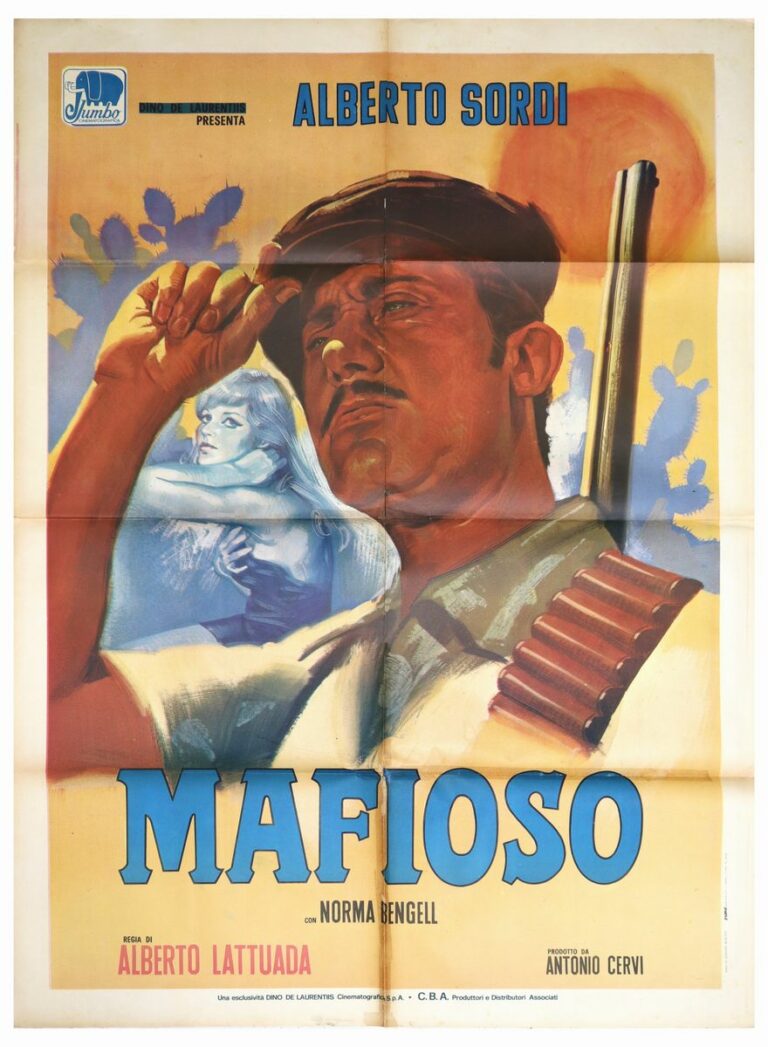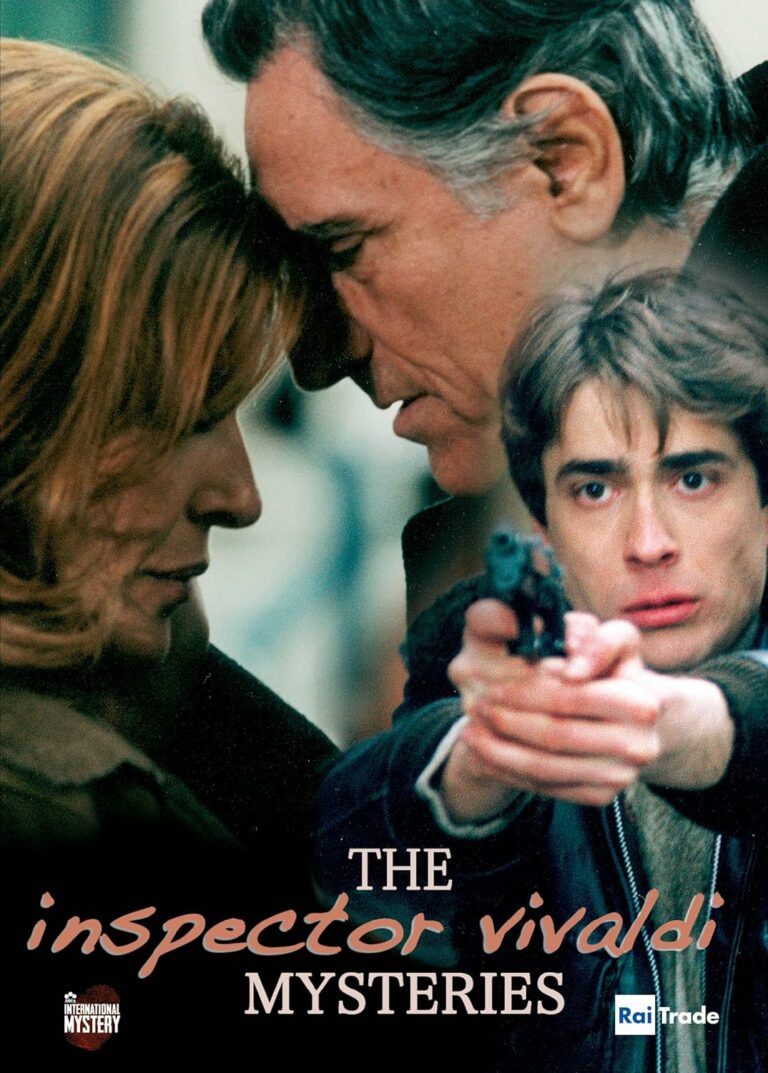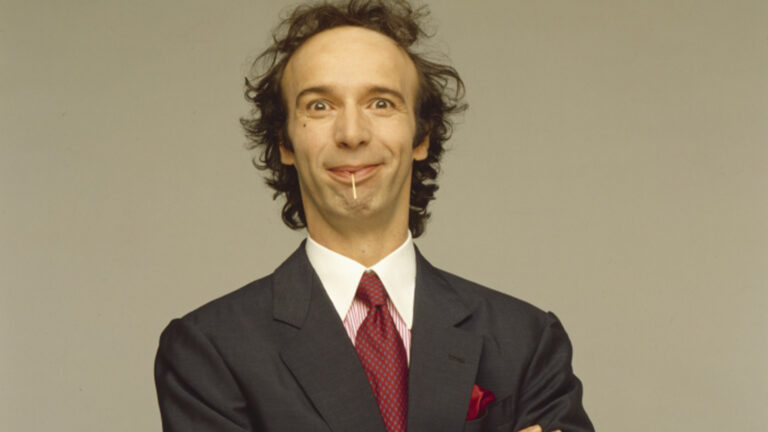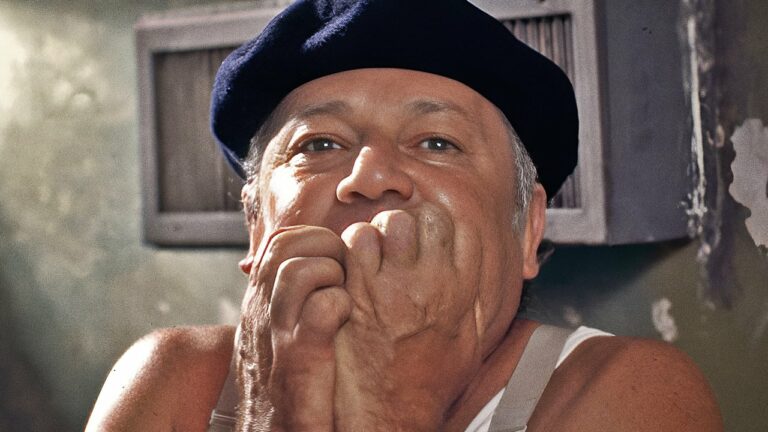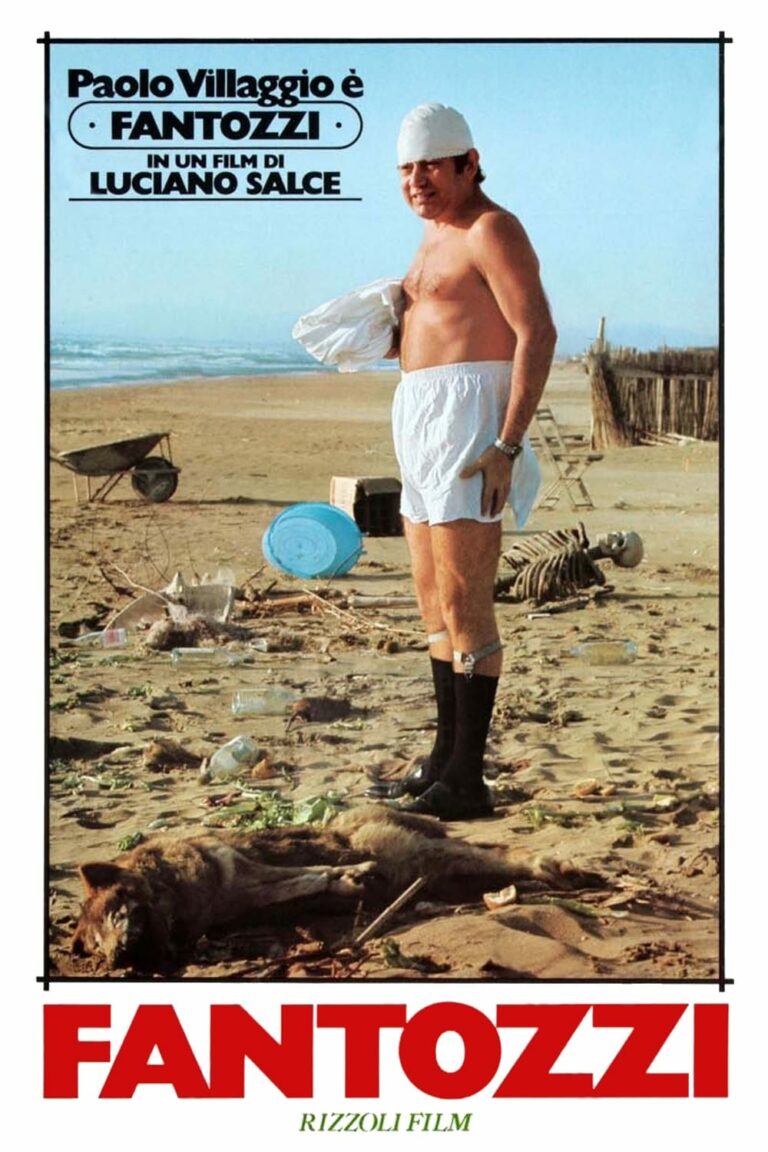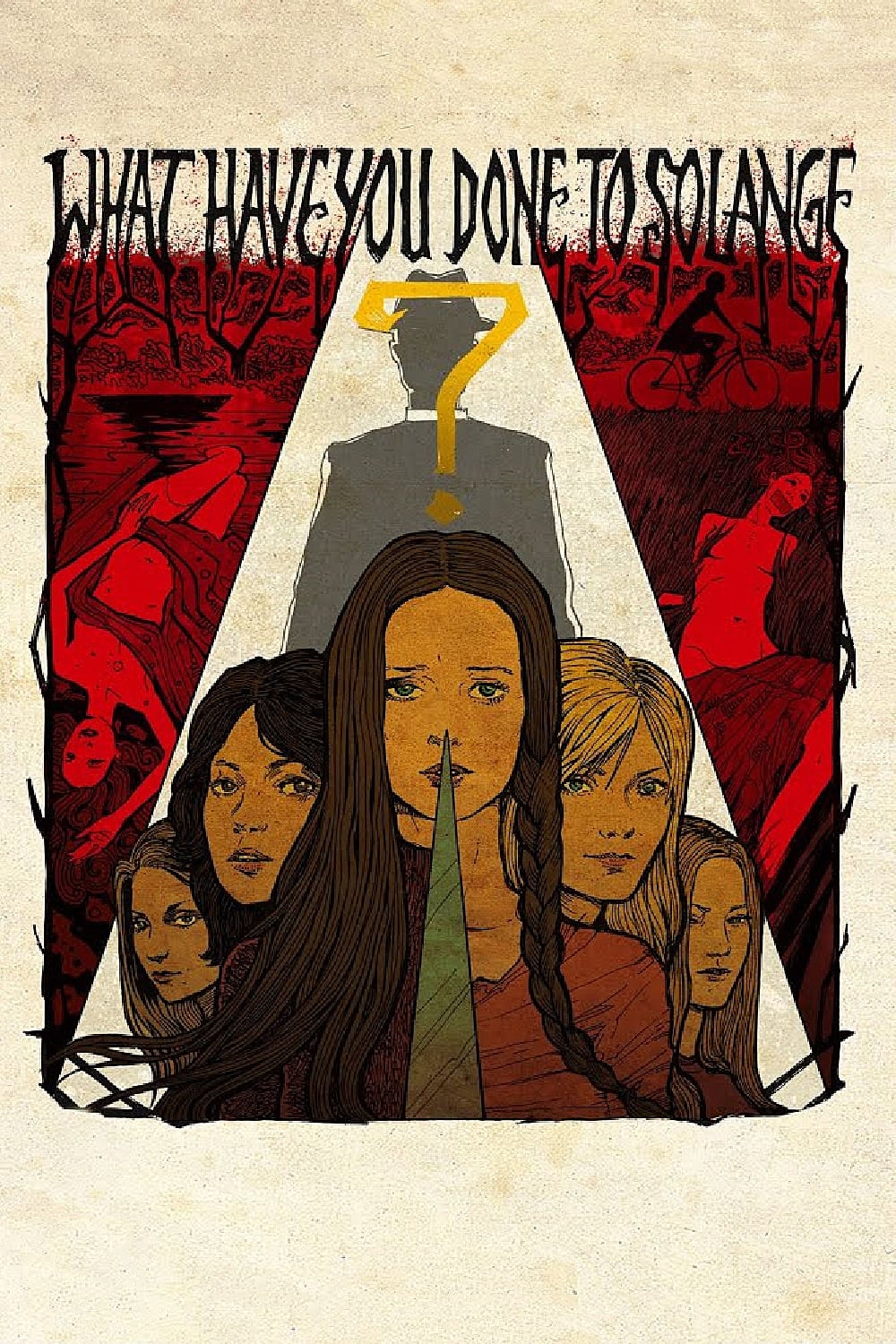
Released in 1972, What Have You Done to Solange? (Cosa avete fatto a Solange?) stands as a hallmark of Italian giallo cinema—a genre blending mystery, horror, and psychological intrigue. Directed by Massimo Dallamano and based loosely on Edgar Wallace’s novel The Clue of the New Pin, the film captivates audiences with its mix of suspenseful storytelling, haunting visuals, and an iconic score by Ennio Morricone. Renowned for its layered narrative and provocative themes, What Have You Done to Solange? remains a celebrated entry in the giallo genre.
Introduction
What Have You Done to Solange? is a chilling exploration of human darkness set against the backdrop of a mystery that intertwines murder, guilt, and suppressed secrets. The film epitomizes the giallo genre, a uniquely Italian style of filmmaking characterized by intricate murder mysteries, psychological depth, and stylized violence. Directed by Massimo Dallamano, the film transcends its genre roots to deliver a story that is both thrilling and emotionally resonant.
Plot Summary
The story unfolds in London, where Enrico Rosseni (Fabio Testi), an Italian teacher at an all-girls Catholic school, becomes embroiled in a series of gruesome murders. During an illicit rendezvous with a student, Elizabeth (Cristina Galbó), the pair witnesses a young woman being murdered by an unknown assailant.
As the police investigation intensifies, Enrico becomes a prime suspect, forcing him to confront his own infidelities and questionable behavior. With the help of his estranged wife, Herta (Karin Baal), Enrico begins to unravel the mystery, discovering a web of secrets tied to the victims and the enigmatic Solange (Camille Keaton), a former student with a tragic past.
The film builds to a shocking conclusion, revealing the true killer’s identity and the heartbreaking events that led to the murders. The resolution ties together themes of guilt, innocence, and the devastating consequences of societal repression.
Background and Production
Massimo Dallamano, known for his work as a cinematographer on Sergio Leone’s A Fistful of Dollars and For a Few Dollars More, brought a distinctive visual sensibility to What Have You Done to Solange?. The film was co-written by Bruno Di Geronimo, blending elements of Edgar Wallace’s novel with original narrative twists.
Shot primarily in London, the film captures a stark contrast between the beauty of the setting and the brutality of the crimes. Its provocative themes and visual style exemplify the giallo genre’s penchant for combining elegance with shock.
Main Characters
- Enrico Rosseni (Fabio Testi): A flawed protagonist whose moral ambiguities add depth to the narrative. His journey is both a search for the truth and a confrontation with his own failings.
- Herta Rosseni (Karin Baal): Enrico’s estranged wife, who becomes his unlikely ally. Her resilience and intelligence are central to the investigation.
- Elizabeth Seccles (Cristina Galbó): A student whose involvement with Enrico sets the events in motion.
- Solange Beauregard (Camille Keaton): A mysterious figure whose tragic story is key to understanding the murders.
- Inspector Barth (Joachim Fuchsberger): The determined police investigator tasked with solving the case.
Themes and Symbolism
1. Guilt and Redemption
Enrico’s moral shortcomings are juxtaposed with his efforts to uncover the truth, reflecting themes of guilt and the potential for redemption.
2. Repression and Trauma
The film explores how societal repression and secrets can manifest in destructive ways, particularly through the character of Solange.
3. Morality and Hypocrisy
The narrative critiques the hypocrisies of institutions like the church and the education system, which fail to protect the vulnerable.
Visual and Cinematic Style
Dallamano’s use of cinematography elevates the film beyond its genre conventions. The contrast between soft lighting in intimate scenes and stark shadows in moments of tension creates a visual rhythm that mirrors the characters’ emotional states. The use of close-ups and voyeuristic angles heightens the sense of unease, while the London setting provides an atmospheric backdrop.
Ennio Morricone’s Score
Ennio Morricone’s haunting score is a defining element of What Have You Done to Solange?. Combining eerie vocalizations, melancholic strings, and unsettling melodies, the music amplifies the film’s tension and emotional impact. Morricone’s work adds an operatic quality to the narrative, making the film as memorable for its sound as for its visuals.
Comparison to Other Giallo Films
While What Have You Done to Solange? shares the giallo genre’s hallmarks—elaborate murder mysteries, stylized violence, and psychological intrigue—it distinguishes itself with its emotional depth and focus on character development. Unlike many giallo films that prioritize style over substance, Dallamano’s work balances suspense with a poignant exploration of its characters’ inner lives.
Reception and Impact
Upon its release, the film was praised for its sophistication and narrative complexity. Over the years, it has gained a cult following, celebrated for its bold storytelling and technical artistry. Critics often cite it as one of the best examples of giallo cinema, noting its influence on later filmmakers in the mystery and horror genres.
Legacy in Cinema
What Have You Done to Solange? remains a touchstone for giallo enthusiasts and cinephiles. Its exploration of taboo themes and its innovative visual style have inspired numerous films, cementing its place in the canon of Italian cinema. Camille Keaton’s performance as Solange also paved the way for her later work in exploitation films like I Spit on Your Grave.
FAQs
- Is What Have You Done to Solange? based on a true story?
No, the film is loosely inspired by Edgar Wallace’s novel The Clue of the New Pin but incorporates original elements. - Why is the film considered a classic of giallo cinema?
Its intricate plot, emotional depth, and innovative visuals distinguish it within the genre. - What is the role of Solange in the story?
Solange is the emotional core of the narrative, her tragic past revealing the motives behind the murders. - What makes Ennio Morricone’s score unique?
Morricone’s use of haunting vocals and dissonant melodies creates an atmosphere of unease that complements the film’s tone. - How does the film compare to other works by Massimo Dallamano?
It’s considered one of his finest achievements, showcasing his skill as a director and his background in cinematography. - Where can I watch the film today?
What Have You Done to Solange? is available on streaming platforms and home video, often in restored editions.
Conclusion
What Have You Done to Solange? (Cosa avete fatto a Solange?) is a masterful blend of mystery, emotion, and visual storytelling. As a standout entry in the giallo genre, it transcends its narrative of murder and intrigue to deliver a poignant exploration of human frailty and the consequences of repression. Decades after its release, the film remains a testament to the artistry and innovation of Italian cinema.
